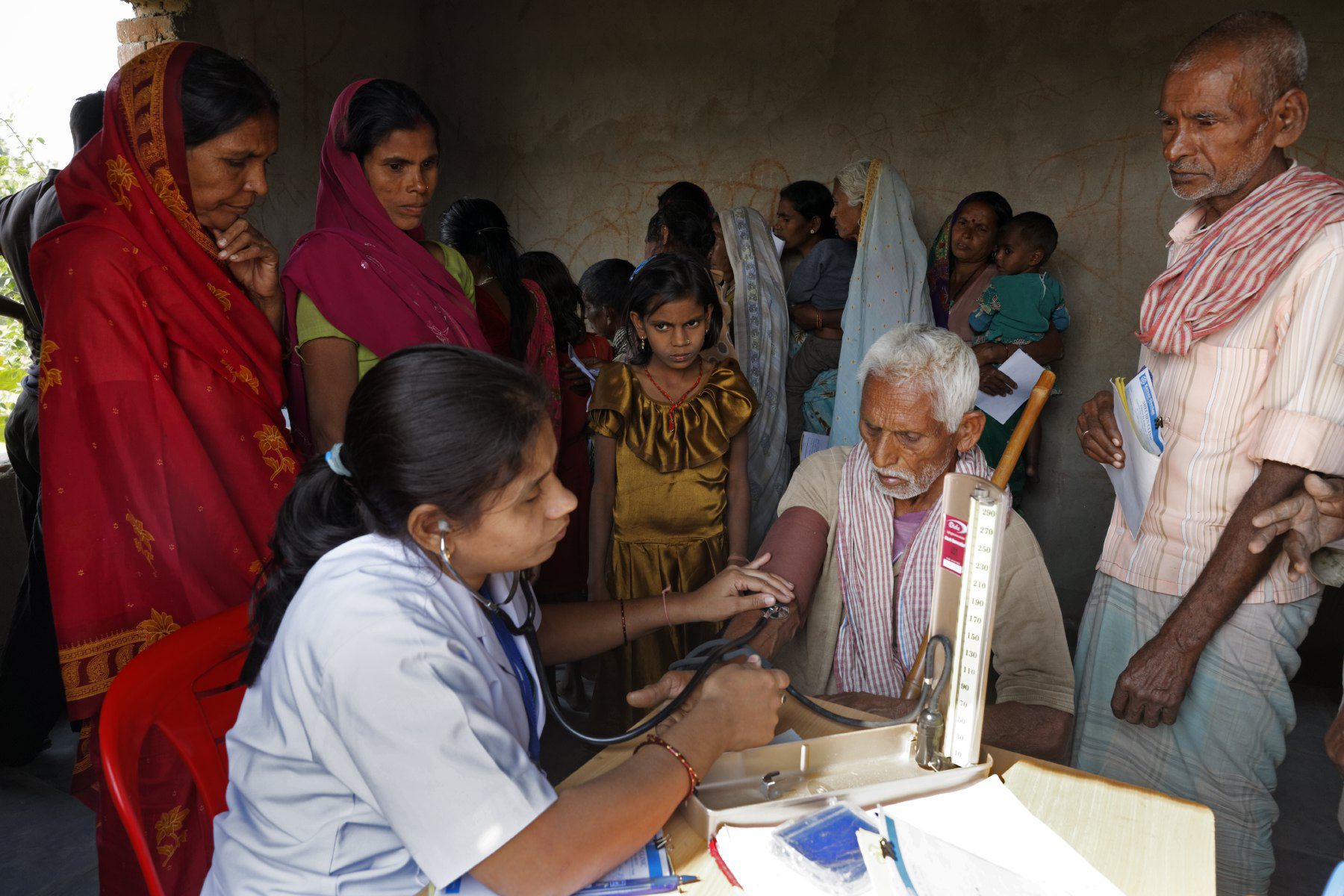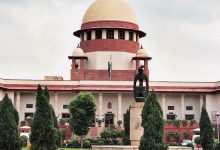Lakhs of hospitals, doctors, clinics, diagnostic labs, pharmacies and nursing homes will be mapped under this census on over 1,400 variables including infrastructure and performance of the facilities. The census result should help the government not only map the geographical locations of these healthcare facilities, but also measure their performance. A report, for Different Truths.
It may be for the first time that the Union Health Ministry has engaged itself in a serious exercise of conducting a census of over two million healthcare professionals and facilities across the country. Health Minister Jagat Prasad Nadda wants to complete the exercise within the next two months. Lakhs of hospitals, doctors, clinics, diagnostic labs, pharmacies and nursing homes will be mapped under this census on over 1,400 variables including infrastructure and performance of the facilities. The census result should help the government not only map the geographical locations of these healthcare facilities, but also measure their performance.
Pilot projects have already taken place in states such as Sikkim, Rajasthan, Kerala and Madhya Pradesh between December 2017 and January 2018. According to health secretary Preeti Sudan, the Prime Minister’s Office has directed the ministry to create the repository by September. Although the present government has neither the time nor extra funds to take action on the census findings, it will certainly come handy before the next government if it is serious about improving the country’s healthcare service.
However, critics have branded the initiative as a pre-Lok Sabha poll propaganda. It has come a bit too late — almost towards the end of the present term of the government. Yet, the exercise is most welcome considering the country’s deteriorating healthcare service. The present system dumps a substantial portion of healthcare on private healthcare sharks’ hands. It has encouraged a loot by profit-hungry private healthcare facilities and professionals, including private medical colleges and attached hospitals. Even some of the country’s top private medical practitioners wish that the government paid much stronger attention to the public healthcare system to improve the situation.
The government’s latest National Health Protection Scheme (NHPS) is planned to be rolled out from August 15. The scheme would provide 10 crore families a free healthcare policy of Rs.5 lakh/annum. NITI Aayog has estimated an annual cost of the scheme at Rs. 10,000-12,000 crore (Rs. 1,000-1,200 per family). It is to be shared between the Centre and state governments at 60:40 ratio. Many analysts have, however, predicted the premium burden on the government to be roughly twice that. The scheme’s actual cost could be known only after insurers are awarded contracts to run the scheme through competitive bidding.
Leading private healthcare facilities have practically rejected the scheme, in its current form, as ‘too meagre’ and ‘vague’. Most non-BJP states too have turned down ‘Modicare,’ as it is called. Now, it is to be seen how soon all states come on board and how the scheme actually works to benefit patients and their families, given the current urban-centric private healthcare service, mostly offering limited areas of treatment.
Health is basically a state subject though it is in the joint list under the Constitution. In fact, states play a much greater role than the centre in terms of both healthcare and medical and para-medical education. Most non-BJP states question the political motive behind the ‘Modicare’ scheme, which will have to be 40 percent financed by them. West Bengal and Punjab are among the states which object to the behind-the-scheme political propagation, before the national election. States are required to sign MoUs with the centre to get this scheme implemented. West Bengal’s ‘Swasthya Sathi’ scheme, launched by Chief Minister Mamata Banerjee in December, 2016 — well before ‘Modicare’ was announced in 2018 — offers basic health cover for secondary and tertiary care up to Rs. 1.5 lakh per annum, which goes up to Rs. 5 lakh for critical illnesses like cancer, neuro surgeries, cardiothoracic surgeries, liver diseases and blood disorders. Punjab also has its own version of a mass health insurance scheme. Punjab thinks ‘Modicare’ is impractical. The biggest objection is to a clause that makes it mandatory for states to pay for claims exceeding certain percentage of the premium. Indirectly, this means that state’s liability is not limited to its share of premium amount but also extends to the claim outgo. Rates fixed for claims for treatment and hospitalisation are hardly acceptable to the insurers and health service providers, apart from state governments which would be required to bear excess costs.
Insurance can’t be a substitute for on-ground healthcare, for which there has to be enough availability of well-equipped hospitals and experienced doctors. The scheme is unlikely to be of any great help to citizens although a section of dishonest private hospitals and healthcare facilities may make some quick bucks without delivery commitments. In fact, healthcare and legal services are two areas where delivery is not guaranteed against expenditure, anyway. The two basic problems of India’s healthcare system are: acute shortage of healthcare infrastructure and high private healthcare costs. There is a massive shortage of good government-aided healthcare facilities. The idea of having a mass health insurance scheme without enough number of hospitals, medical education facilities, well-trained doctors, nurses, para-medics, affordable medicines and implants is simply meaningless and, may, at best, fool the public.
India currently spends only a little over one percent of its GDP on health, or around Rs. 1,100 in terms of per capita public expenditure. WHO’s health financing profile for 2017 shows 67.78 percent of total expenditure on health in India was paid out of private pocket. The world average is 18.20 percent. An allopathic government doctor in India on an average serves a population of 11,082, which is more than 10 times the recommended doctor-population ratio of 1:1000, shows National Health Profile (NHP), 2018 — a comprehensive annual compilation of data on disease incidence, health infrastructure and health finance. Health insurance support to the public without expansion of healthcare infrastructure will only inflate treatment costs. Unless the government fast sorts out the problem of scarcity of public hospitals and doctors, Modicare may effectively become a burden on citizens.
Nantoo Banerjee
©IPA Service
Photo from the Internet





 By
By
 By
By

 By
By